In 2020, Twitter began rolling out its Clubhouse competitor Spaces—expanding the social audio feature to a large portion of its user base through 2021. Similar to Clubhouse, Twitter's Spaces allows live audio sharing and listening.
This means that you can start a Space to talk, and people can join to hear or speak with you in real-time. And, not to worry, this feature is available for both iOS and Android users.
As audio conversations over the internet are getting increasingly popular, Twitter's Spaces is here to help add cadence and context to online conversations. Here's what you should know about Twitter Spaces and how the feature works...
What Are Twitter Spaces and How Do They Work?
Think of Twitter Spaces as a public audio chat room for Twitter users to create and invite others to join. The only caveat here is that only users who own a public account with more than 600 followers can create Spaces.
If you own a smaller account, you may think that’s a little unfair. After all, Twitter is not the easiest social media platform to grow a following on, but the company has its reasons. According to Twitter, these accounts are likely to have wider reception and input to conversations due to their existing audience.
However, this does not mean that people with private or smaller accounts cannot listen or speak. Also, while accounts with protected tweets cannot create Spaces, they can join and speak in other people’s Spaces.
Spaces are great for podcast-style chat conversations. Up to ten people can be chosen as co-speakers and people who are listening in can request to be allowed to speak. For now, there is no limit on the number of listeners that can join a Space.
Basically, you choose and control the topic, speakers, and overall vibe of your Space.
To boot, hosts can schedule Spaces up to 14 days in advance. You can broadcast the link before the day to raise awareness and gather a larger audience if you want to.
Meanwhile, hosts can save a backup of their Space data for as long as Twitter keeps a copy. Speakers can also download a transcription of what was said. Twitter has stated that it will keep copies of Spaces for 30 days in order to "check for breaches of the Twitter Rules".
How to Use Twitter Spaces
Twitter Spaces is accessible through the Twitter app for iOS and Android users, as well as through the Twitter website on your browser.
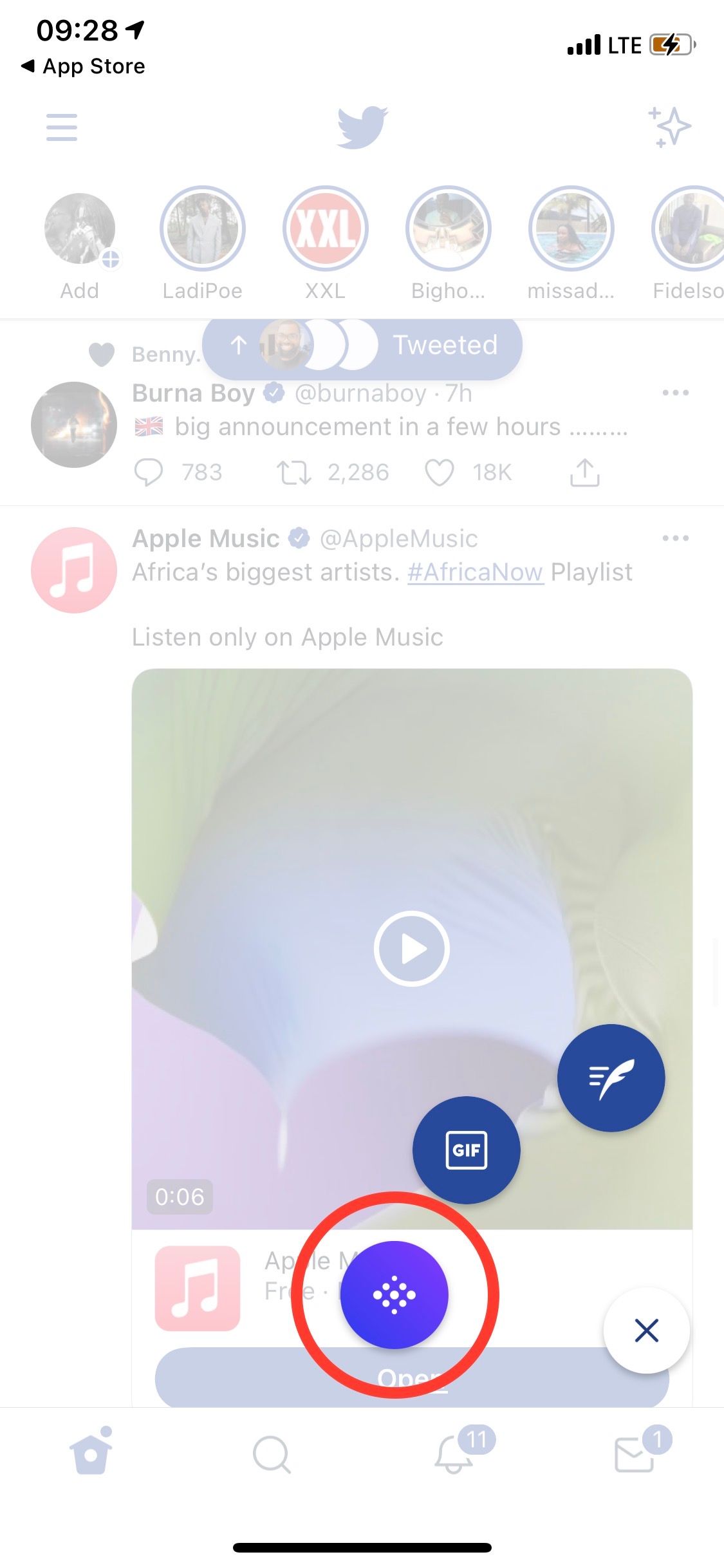
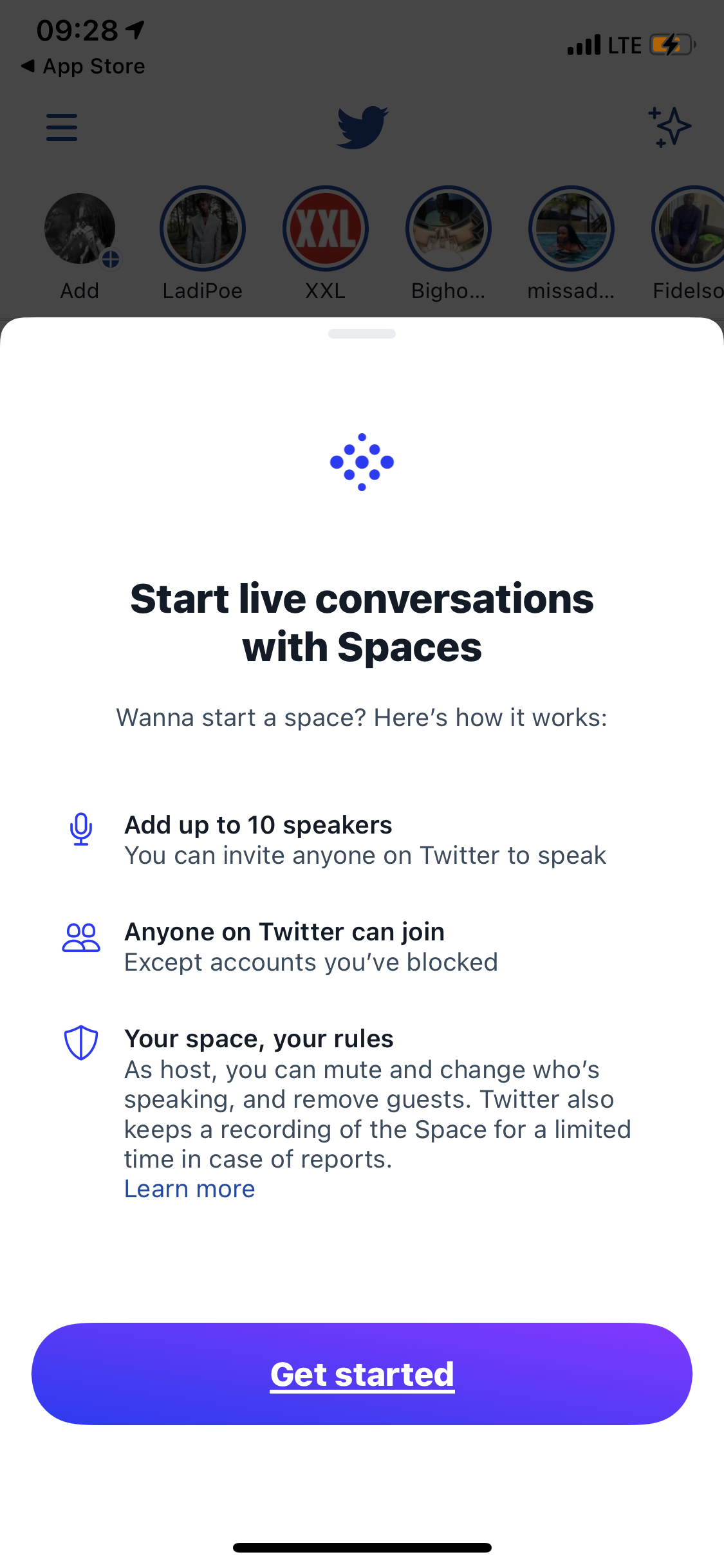
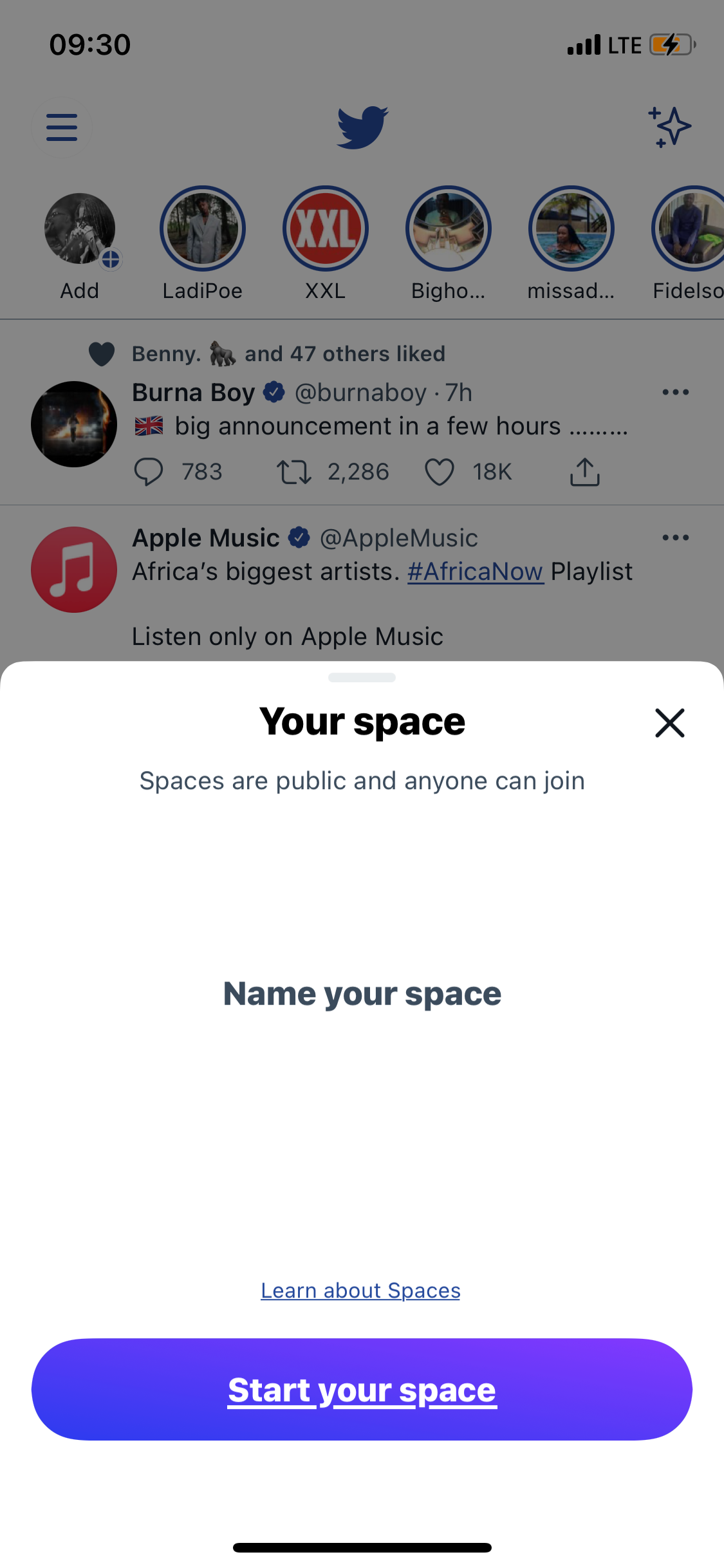
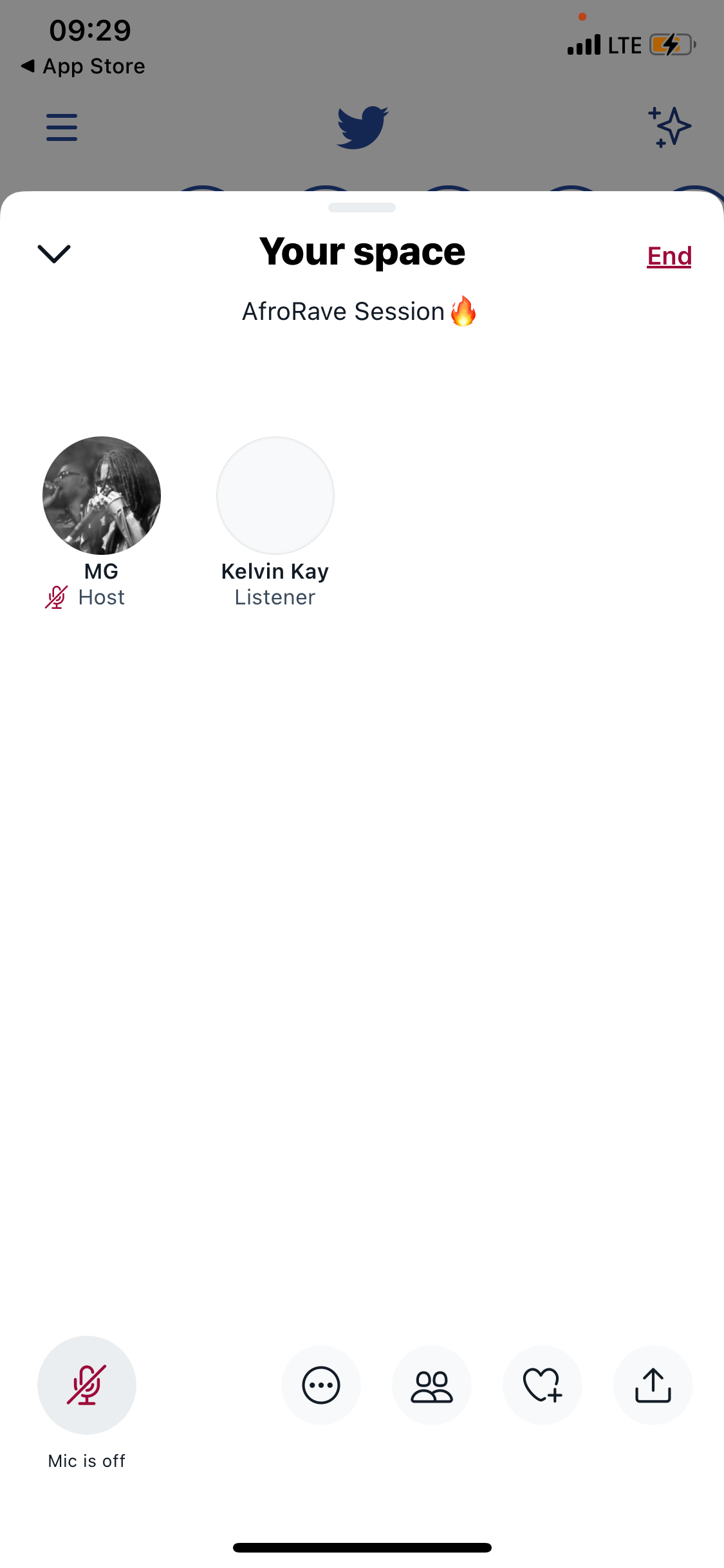
To set up a Twitter Space on mobile, follow these steps:
- You can create a Space by long-pressing the Compose Tweet button. After doing this, select the Space icon in the pop-up. When you're ready, tap Start your Space and enable access to your device's mic.
- Next, name your Space.
- By default, your Space is public to all your followers. You can click the People icon to select who has access to speak. The options available are Everyone (which means access to just about anyone with a Twitter account), People You Follow, or Only People You Invite to Speak.
- If you select Only People You Invite to Speak, you can then tap the people you want to invite. They will receive an invite link in the form of a regular Direct Message.
Twitter advises that hosts enable automatic captions on their device so that participants can keep up with the conversation by reading subtitles. This is intended to make Twitter Spaces inclusive for people who are deaf, hard of hearing, or who prefer the support of audio captions.
If you want more people to know about or listen to your Space, you can tweet about it beforehand and share the link with your audience. Only the person who created the Space can end the broadcast.
How to Find and Join a Twitter Space
If you are trying to get familiar with Spaces, it will help to start by listening to some. You can find Spaces created by people you follow on the top of your Twitter feed.
A purple circle around the host's or speaker's avatar signifies that they currently have a live conversation in a Space.
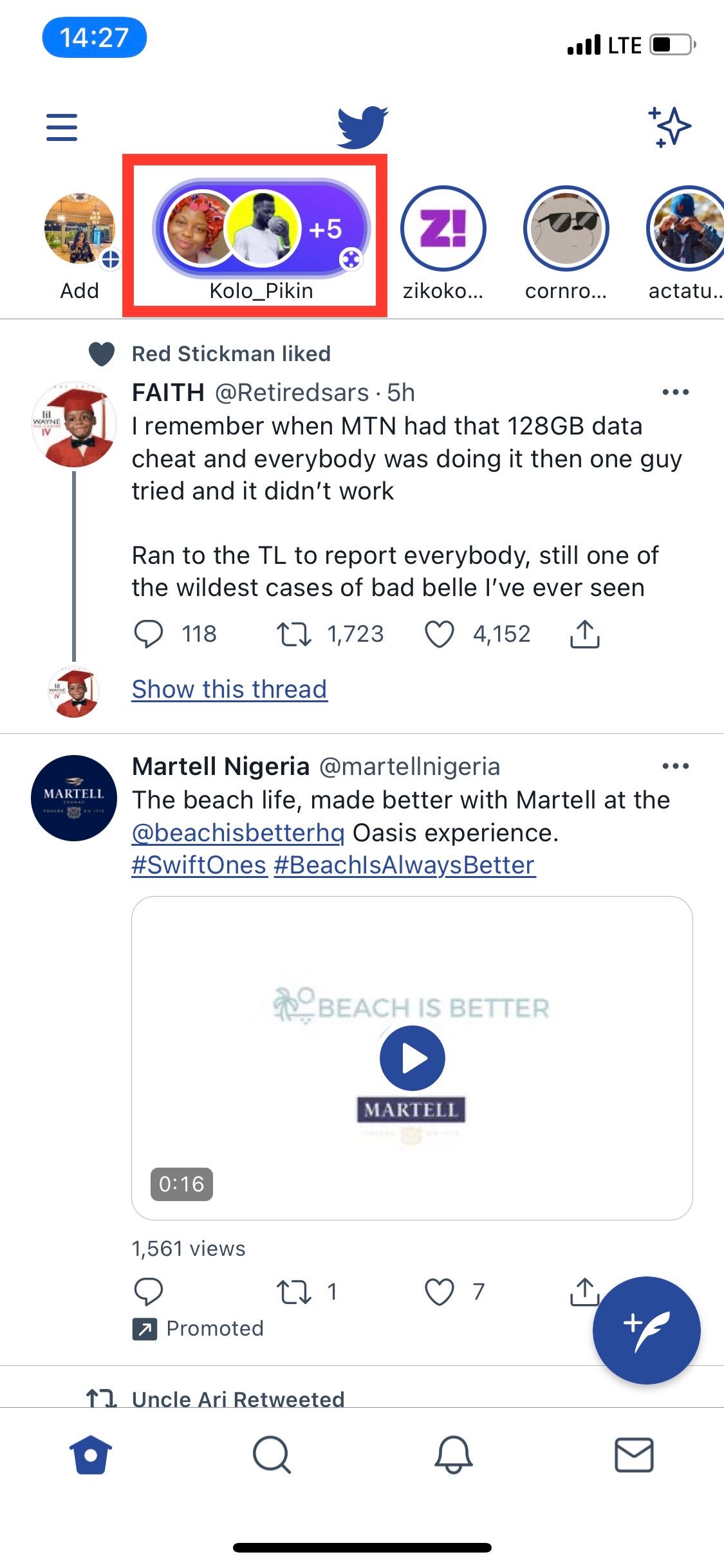
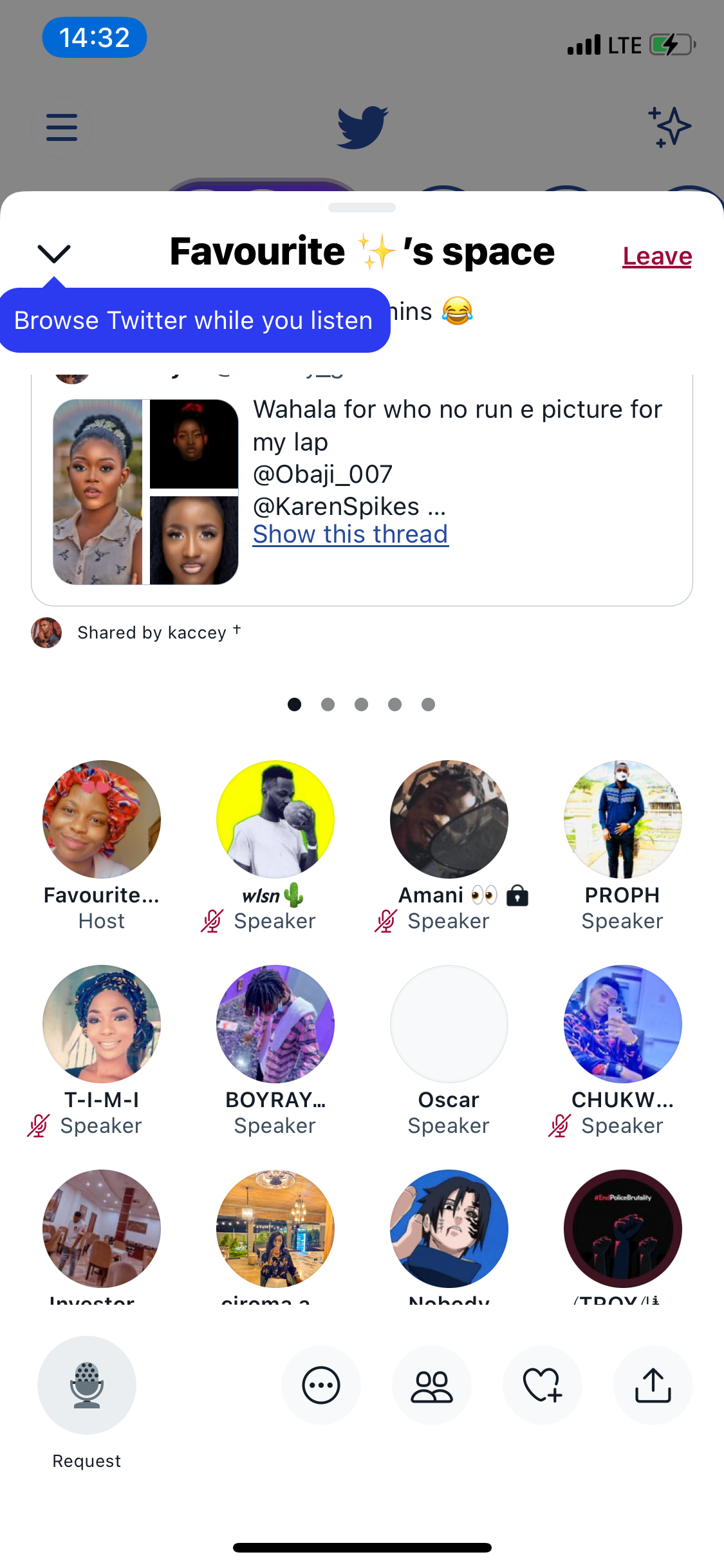
To join a specific user's Twitter Space, you can search for them by opening their Twitter profile. Tap the Fleets section and scroll to find their live Space.
If you want to join an ongoing conversation as a speaker, you can request to speak by tapping the "Request" button that is available when you join another person's Space.
Controlling Access to Your Twitter Space
As the creator of a Space, you choose who speaks at any point. If you want to have a conversation with specific people, you can send them a link via DMs to join in and become co-hosts.
These speaking privileges are revocable, and you can always add a listener who has requested to join in your conversation and make them co-hosts.
You also get the option to mute or unmute everyone, and if anyone gets malicious, you can remove, block, or report them.
You should note that blocking a person on your Space also blocks the person from accessing your timeline. Users that you have previously blocked cannot join your Space and if you join a Space where such a person is speaking, you will receive a warning label.
Overall, Twitter has put structures in place to protect your safety online as you connect with other users.
More Features to Expect
Twitter has stated that users should look forward to Ticketed Spaces, which will allow hosts to receive monetary reward for the interactions they create. Hosts will set ticket prices and how many tickets are available for sale, and listeners who buy these tickets will get exclusive access to the created Spaces.
According to Twitter, the bulk of the money from ticket sales goes to the hosts, with the company taking an undefined cut as well. It sounds a lot like the new Twitter Tip Jar feature, which allows users to receive tips for their tweets.
Other planned features include better accessibility options to improve personalized experiences for each user. For captions, these include more emoji reactions, larger font options, more language support, and better audio-text synchronization.
More Twitter Updates
Social media users have dynamic needs, and Twitter continues to strive to keep up with and even stay ahead of the curve.
From Tip Jars and Fleets to Spaces, Twitter continues to add features that make online communication not only seamless, but also fun and interactive.

